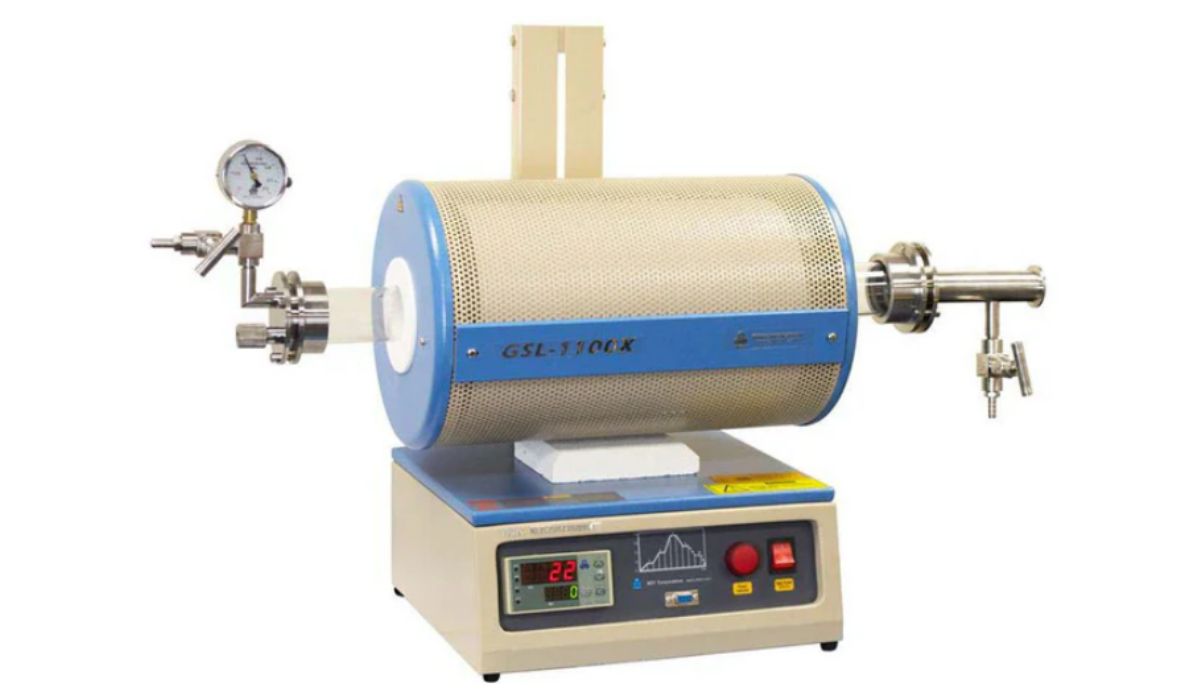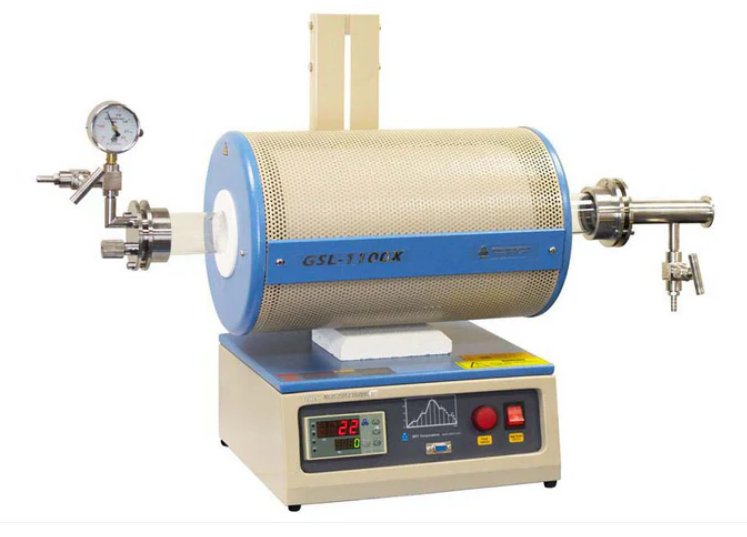

A tube furnace is a cylindrical heating system designed to provide efficient, uniform, and accurate thermal processing. They typically feature a tubular work chamber surrounded by heating elements, allowing for rapid heat-up, excellent temperature stability, and fast cool-down. These characteristics make tube furnaces ideal for laboratory and small-scale industrial applications where precision is essential.
Tube furnaces supplied by PI-KEM are used across a range of high-tech and research-driven industries. These include:
• Semiconductors
• Solar cell production
• Battery research and development
• Catalysis
• Materials science
Its value lies in enabling controlled thermal processing of materials, offering exceptional temperature uniformity and atmospheric control, which are critical for a vast array of scientific applications.

Order your Tube Furnace with PI-KEM
PI-KEM’s range of tube furnaces offers complete flexibility and precision for your thermal processing needs. Whether you're developing new materials or optimising high-temperature processes, our systems can be fully customised to support your unique applications.
Our technical experts will work with you to configure the right tube furnace setup, matching specifications such as atmosphere control, temperature range, work tube material, and sample size to suit your research or production goals. We also offer optional installation and training support from MTI engineers to ensure seamless integration into your workflow.
Ready to discuss your tube furnace system?
📞 Call our technical team on 01827 259250
📧 Email sales@pi-kem.co.uk
Key Features & Options
Configurations: Single or multi-zone (up to 16); horizontal, vertical, tiltable, split and rotary orientations; and High-Throughput & Automated designs
Heating Element: Fe-Cr-Al Doped by Mo
Heating Chambers: Cylindrical, made of refractory materials commonly alumina - request for other materials. Resistive heating elements (Kanthal, MoSi2).
Processing Tube: Inner tube (quartz, ceramic, alumina, metal) housing the sample.
Temperature Range: Up to 2600°C - model dependent
Temperature Control: Digital controller with thermocouples for precise monitoring, ramps, dwells, and cooling.
Optional Atmospheric Control: Producing vacuum, inert, reducing, or reactive gas environments via sealed end caps.



